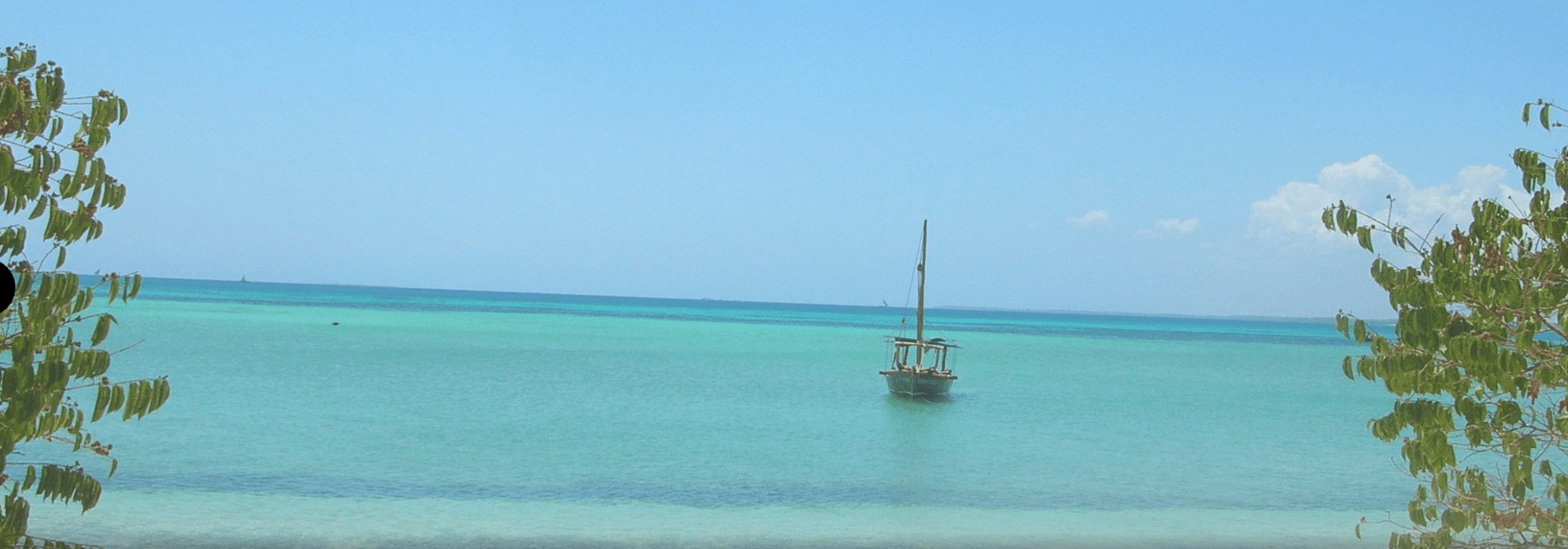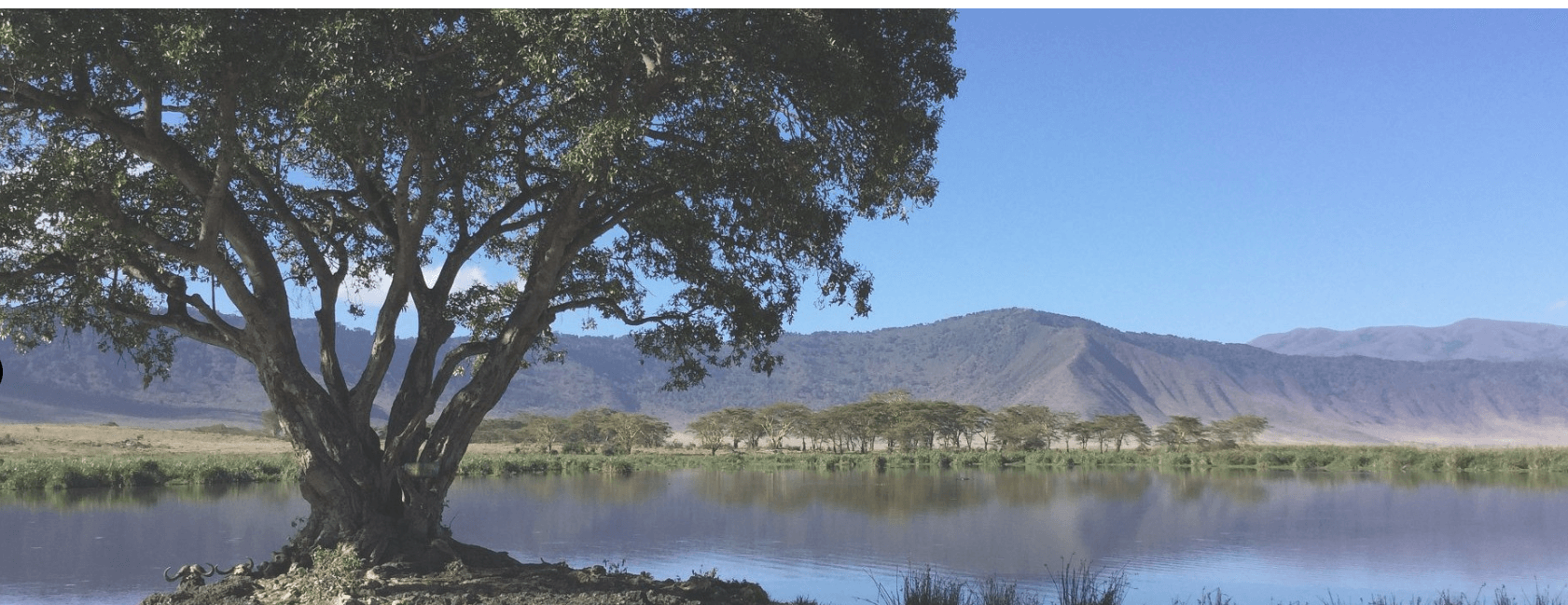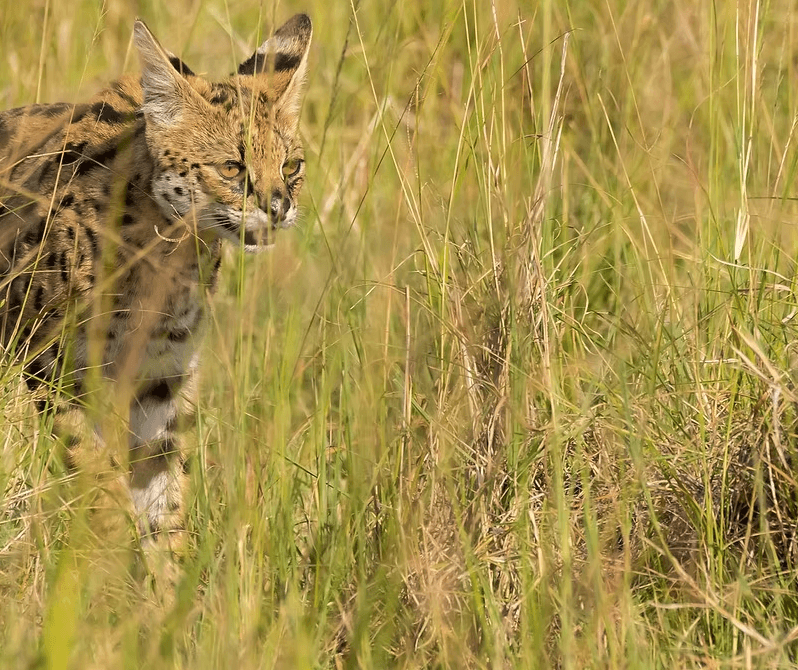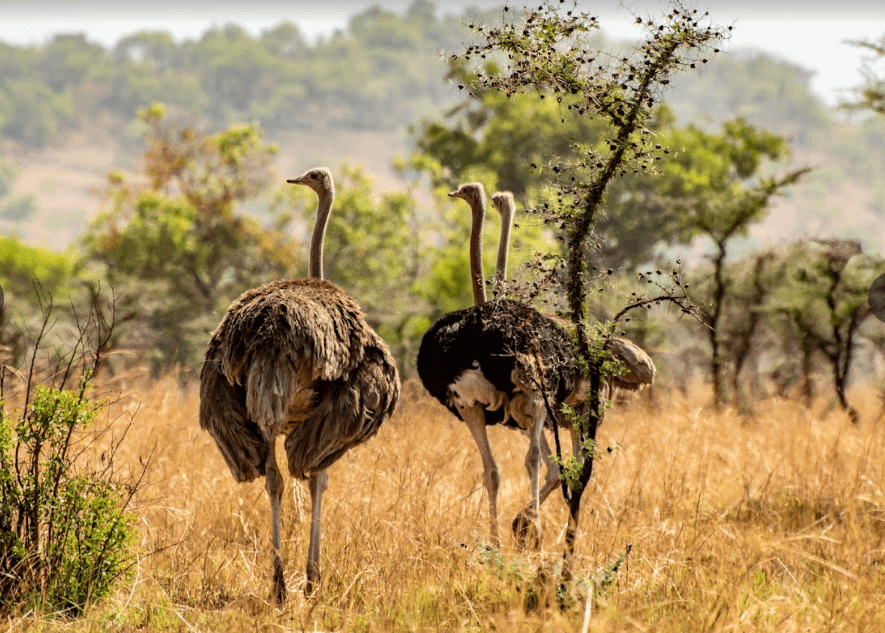Shoebill Stork in Uganda
The Majestic Shoebill Stork in Uganda
Uganda, with its rich biodiversity and stunning wetland ecosystems, is one of the best places in the world to observe the elusive and prehistoric-looking Shoebill Stork.
This bird, also known as the whale head or shoe-billed stork, stands out due to its distinctive shoe-shaped bill and has become a symbol of pride in Ugandan wildlife conservation efforts. Here, we delve into the habitat, behavior, and best spotting locations for the Shoebill Stork in Uganda.
Habitat and Behavior
Breeding and Conservation Status
Shoebills breed during the dry season when water levels are lower, making it easier to build nests and catch prey. They are known to be meticulous in nest building, using large quantities of vegetation to construct their nests on floating vegetation or isolated islands within the swamps. Conservation efforts are crucial for this species as it is listed as vulnerable by the IUCN, with habitat destruction and the illegal pet trade posing significant threats.
Best Spots for Shoebill Sightings in Uganda
Mabamba Bay Wetlands

Just a short drive from Kampala, the Mabamba Bay Wetlands are one of the most accessible places to see the Shoebill in Uganda. This extensive marshland on the shores of Lake Victoria is best explored via canoe, where visitors can glide through narrow water channels with an experienced local guide. Morning is the best time for sightings when the Shoebills are most active in fishing.
Ziwa Rhino Sanctuary
Although primarily known for its rhino reintroduction project, Ziwa Rhino Sanctuary also offers reliable Shoebill sightings. The sanctuary encompasses rich wetlands that are ideal for these birds. Guided walks or canoe trips are available, providing an excellent opportunity to see the Shoebills as they hunt in the reeds.
Lake Mburo National Park
While not as famous for Shoebill sightings as Mabamba or Ziwa, Lake Mburo National Park occasionally offers glimpses of this rare bird. The park’s diverse ecosystem of dry savannah, acacia woodland, and swamps supports a variety of wildlife, including the Shoebill. Boat trips on the lake enhance the chances of spotting one along the shores.
The Nile Delta Area of Murchison Falls National Park
The Nile Delta at Murchison Falls National Park, where the Victoria Nile meets Lake Albert, is another promising site for Shoebill watchers. The vast, remote swamps are navigated by boat, offering adventurous birders a chance to spot the Shoebill in a spectacular setting, with the powerful backdrop of Murchison Falls nearby.
The Shoebill Stork is more than just a bird; it’s a symbol of Uganda’s rich natural heritage and a reminder of the ongoing conservation efforts needed to preserve such unique species. For bird enthusiasts and nature lovers, spotting a Shoebill in the wild is a rare and unforgettable experience, a true highlight of the natural beauty and ecological diversity Uganda has to offer. Whether by canoe through the papyrus swamps of Mabamba, on foot in Ziwa, or along the shores of Lake Mburo and the Nile Delta, each sighting is a precious encounter with one of Africa’s most iconic birds.
Spotting a Shoebill Stork is not only an exercise in patience but also a privilege that comes with responsibilities. Those fortunate enough to encounter this ancient bird are urged to engage in responsible tourism practices. This includes respecting the natural habitat of the Shoebill and adhering to guidelines that ensure minimal disturbance to these rare creatures and their environment.
Responsible Birdwatching Practices
Keep a Respectable Distance
Maintaining a safe distance prevents us from stressing Shoebills with our presence. Observers should use binoculars or long lenses for photography to enjoy close-up views without intruding into the bird’s personal space.
Follow Local Guidelines
Guides are knowledgeable about the behaviors and needs of Shoebills and can provide instructions on how to behave during encounters. Listening to and following these guidelines not only protects the birds but also enriches the viewing experience.
Support Conservation Efforts
By visiting Shoebill habitats, tourists contribute to local economies and incentivize communities to continue conserving these areas. Additionally, participating in or donating to conservation programs that work to protect habitats and combat illegal wildlife trade can have long-term positive impacts.
Promote Eco-friendly Tourism
Choosing tours and services that prioritize ecological sustainability helps promote a model of tourism that benefits wildlife and local people alike. This includes selecting accommodations and operators that have clear, enforced sustainability policies.
Why Shoebills Are a Must-See
The Shoebill Stork, one of the world’s most enigmatic birds, appears almost prehistoric due to its unique look and behavior. For many birdwatchers and wildlife photographers, spotting a Shoebill is a bucket-list event. It symbolizes not just a checklist item, but a deep encounter with an ancient species. Its rarity and specific habitat needs make observing a Shoebill in the wild a remarkable and memorable experience.
Beyond Birdwatching: The Greater Impact
The presence of Shoebills in Uganda also plays a crucial role in the broader ecosystem. As apex predators in their habitat, they help maintain the balance of aquatic life in the wetlands. Protecting the Shoebill also means protecting countless other species that share its habitat, highlighting the interconnectedness of biodiversity.
For those passionate about birds, wildlife, and conservation, a trip to Uganda to see the Shoebill Stork is more than just a vacation—it’s an expedition into the heart of Africa’s natural beauty and a chance to directly contribute to the preservation of one of the continent’s most awe-inspiring birds. Each visit supports conservation efforts and helps ensure that future generations will also have the opportunity to witness these magnificent birds in their natural surroundings. Uganda’s commitment to preserving its wildlife and natural landscapes makes it a premier destination for nature lovers around the world, offering more than just sightings but also a deeper appreciation of our planet’s incredible biodiversity.





